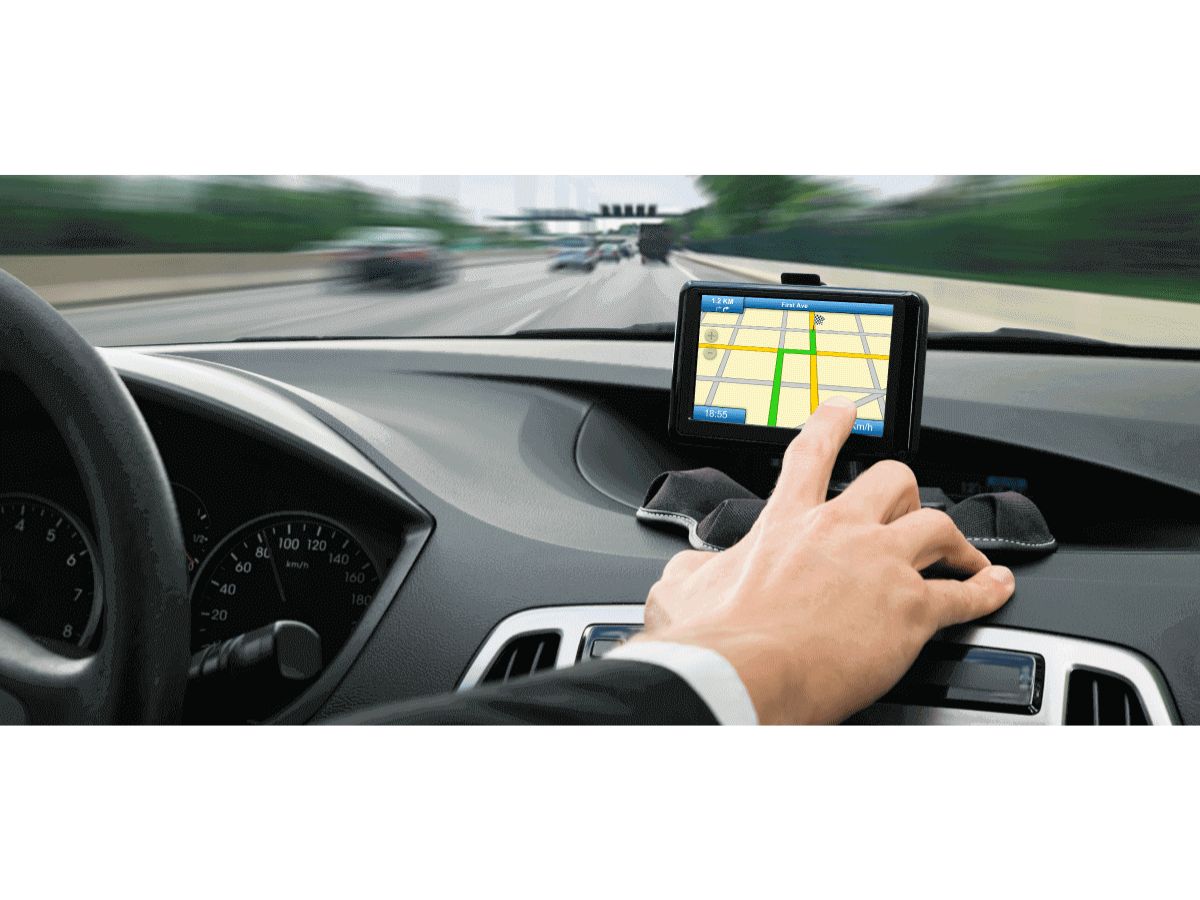With the rise of smart vehicles and Internet of Things (IoT) technology, telematics is transforming how people buy car insurance in India. This data-driven model not only enables more accurate pricing but also promotes safer driving behaviour.
Let’s delve into how telematics is reshaping comprehensive car insurance in India.
Telematics merges telecommunications and informatics, enabling real-time data collection from vehicles. Using GPS, onboard diagnostics (OBD), and wireless communication, telematics systems monitor and transmit driving data such as:
This data is analysed by insurers to assess risk and determine premiums. Unlike traditional insurance methods—heavily reliant on historical claims and demographic data—telematics offers a dynamic, individualised pricing model based on actual driving behaviour.
How Telematics is Changing Car Insurance Pricing
1. Behaviour-Based Premiums
Telematics allows for pricing based on how you actually drive. A cautious driver who follows speed limits and avoids abrupt acceleration is considered lower risk and is rewarded with reduced premiums. Conversely, aggressive or reckless drivers may face higher costs.
2. Promoting Safer Driving
Telematics-based insurance incentivises good driving habits. By offering lower premiums as a reward for responsible behaviour, policyholders become more mindful of their actions on the road. This not only benefits individual drivers but also contributes to safer roads overall.
3. Introduction of Usage-Based Insurance (UBI)
Telematics supports Usage-Based Insurance (UBI) models, offering more flexible options:
- Pay-As-You-Drive (PAYD): Premiums are based on the number of kilometres driven. Less driving translates to lower costs.
- Pay-How-You-Drive (PHYD): Charges are influenced by driving style, including factors like smooth acceleration, controlled braking, and adherence to speed limits.
These models are particularly beneficial for low-mileage drivers or those with responsible driving habits, offering fairer pricing under comprehensive car insurance policies.
4. Minimising Insurance Fraud
Fraud is a long-standing issue in traditional insurance. Telematics helps insurers assess the legitimacy of claims using real-time data, such as:
- Speed at the time of impact
- Location and time of the incident
- Force and severity of the crash
This enables faster and more accurate claims processing while deterring false claims.
5. Lower Premiums for Occasional Drivers
Many car owners in India do not use their vehicles daily. Traditional insurance often charges a flat rate regardless of usage. Telematics allows occasional drivers to pay lower premiums, making car insurance more affordable for part-time users.
Benefits of Telematics in Car Insurance
For Policyholders:
- Personalised and Fair Premiums: Drivers pay based on their actual behaviour rather than generalised demographic data.
- Cost Savings: Safe drivers enjoy lower premiums, making car insurance more economical. You can buy car insurance online or offline, as per your convenience.
- Real-Time Feedback: Many insurers offer driving insights through apps, helping policyholders improve road safety.
- Vehicle Theft Recovery: GPS tracking enhances the chances of recovering a stolen vehicle.
For Insurers:
- Enhanced Risk Assessment: Real-time data improves underwriting accuracy.
- Fraud Prevention: Immediate access to event data helps detect suspicious claims.
- Customer Retention: Customised pricing builds stronger relationships with clients.
- Operational Efficiency: Automated data collection speeds up claims and policy management.
Difference between Telematics Car Insurance and Traditional Car Insurance
Feature
|
Telematics Car Insurance |
Traditional Car Insurance |
| Pricing Basis |
Real-time driving data |
Demographic and static factors |
| Personalisation |
Highly Personalised |
Limited |
| Use Based Model |
Yes (Pay As You Drive, Pay How You Drive) |
No |
| Fraud Detection |
Automated and data-driven |
Manual investigation |
| Safety Encouragement |
Incentivised through lower premiums |
None |
| Claim Verification |
Backed by real-time accident data |
Based on statements and evidence |
Telematics is revolutionising the landscape of car insurance in India. It introduces a more equitable and accurate pricing system, with dynamic models like PAYD and PHYD tailored to individual driving behaviour. This not only rewards responsible drivers but also helps insurers improve risk management and minimise fraud. As adoption grows, telematics is set to become a cornerstone of comprehensive car insurance offerings across the country. So whether you are buying car insurance online or offline, do ensure that you’ve explored telematics and its benefits for your vehicle’s protection.
The pages slugged ‘Brand Connect’ are equivalent to advertisements and are not written and produced by Forbes India journalists.
 Car insurance in India has traditionally relied on fixed factors such as the vehicle’s make, the policyholder’s location, driver profile, and claims history. However, technology is revolutionising this space—one of the most significant developments being telematics-based insurance. This innovative approach personalises premiums based on actual driving habits rather than generic risk profiles.
Car insurance in India has traditionally relied on fixed factors such as the vehicle’s make, the policyholder’s location, driver profile, and claims history. However, technology is revolutionising this space—one of the most significant developments being telematics-based insurance. This innovative approach personalises premiums based on actual driving habits rather than generic risk profiles.